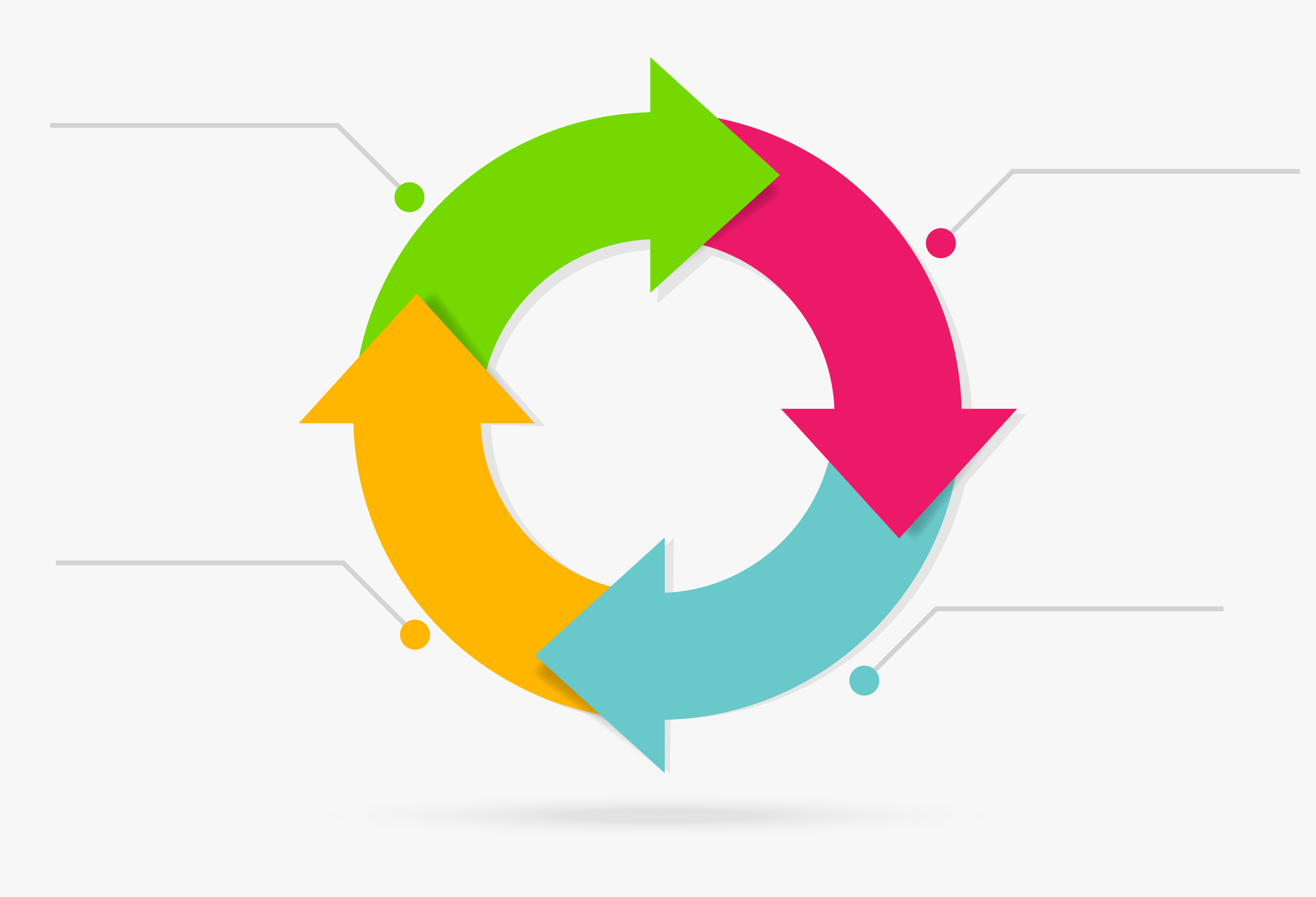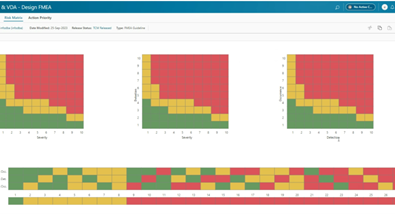Service Lifecycle Management with PLM

Hoping to retire someday, I read through a number of annual reports of companies I invest in. What I’ve noticed is more manufacturers look to maximize the revenue and profits through establishing or expand their service and support business. Services can represent a counter-cyclical revenue stream to product sales for long life, highly-engineered products. That revenue, and more importantly profit stream, can be greater than original sales. Meanwhile their customers are looking to get the most value from their product investment which means a focus on availability and reliability. To accomplish both value objectives, Service Lifecycle Management strategies are being developed and implemented by manufacturers to expand service business, improve quality and reduce service cycle times and costs.
Many organizations have collected technology over time to support service operations. This approach has led to siloed to semi-siloed systems that are not optimum to ensure business objectives. SLM is more than enterprise asset management (EAM), maintenance, repair, and overhaul (MRO), or field service management software. SLM is the unification of service and product knowledge with service applications and processes. Industry analyst, Joe Barkai refers to this in “Service as a Knowledge Intensive Activity” in a recent blog. That knowledge intensive nature requires a different approach to service lifecycle management. An approach that I believe is best achieved with a unified PLM and SLM platform that increases service accuracy for customers and efficiency for manufacturers.
The image above shows the full lifecycle interaction between product development and product service and support. In order for this interaction to be accurate, timely, and collaborative it should occur as much as possible on an innovative technology platform like PLM. The difference is organizing product and service knowledge so that the whole is greater than the sum of the parts. And for service lifecycle management that starts with full lifecycle BOM management.
Service Bill of Materials, center of the service universe
Full lifecycle bill of material (BOM) management from design through service provides the knowledge framework to communicate vital information forward and backward in the product lifecycle and across product and organizational domains. Specifically full lifecycle BOM management is as-designed BOM (EBOM) to service BOM (SBOM) to as-maintained BOM (ABOM, asset BOM) in a single source of knowledge and process. This linked full lifecycle BOM accelerates the flow of product knowledge from design to service and service results back.
Structuring the SBOM from the EBOM allows you to configure the product the way it will be serviced as well as ensure that as-operated configurations are engineering approved. For service providers that are not manufacturers, the SBOM still provides the framework needed for service operations and an excellent method to manage service information. For third party service providers the SBOM can be created from service information or physical audits if appropriate. A real SBOM just works better than a structure of folders in that it can be configured with rules to manage options and variations of the product/asset and any related information can follow those rules. This single source of service knowledge can also be used to support specific service operational domains such as service planning and execution.
Building on Service Knowledge
With the above described structure for managing service information by linking planned (virtual) and actual (physical) product configuration, what I call Full Lifecycle BOM Management, you have a single source of knowledge that is easier to keep accurate and to communicate throughout the product lifecycle. You have a solid knowledge base that can be utilized and expanded by other service solution such as service planning and execution that help complete your SLM strategy to grow revenue and profits with aftersales market support.
Bringing It All Together
Service is a knowledge intensive activity as Joe Barkai notes, the question is how to best manage and service up that knowledge. I believe the best approach is with a core of SLM solutions built into your PLM system in recognition of the high level of knowledge and process interdependencies across the product life cycle.
Find out more at:
http://www.siemens.com/plm/teamcenter-service-lifecycle-management


